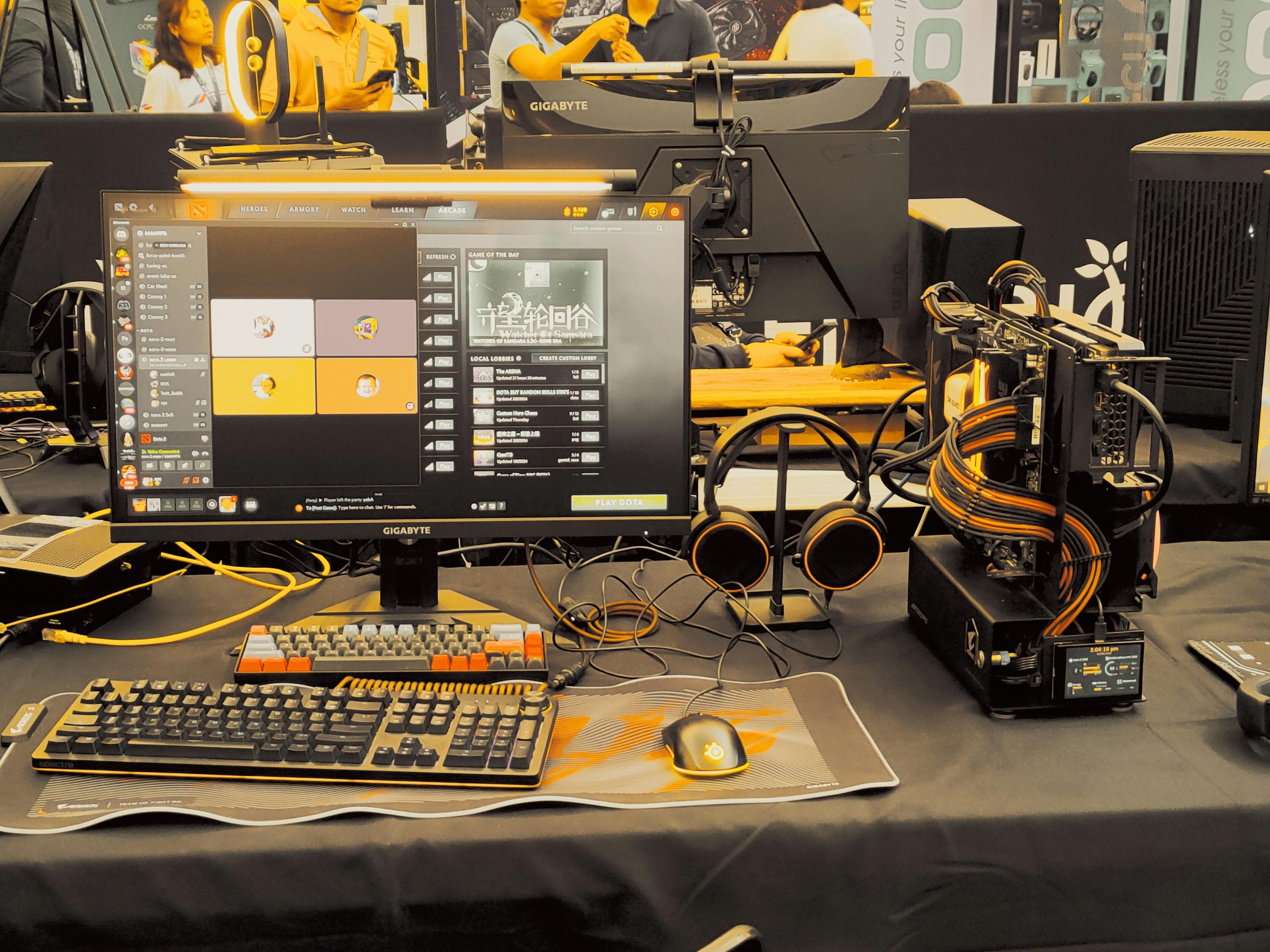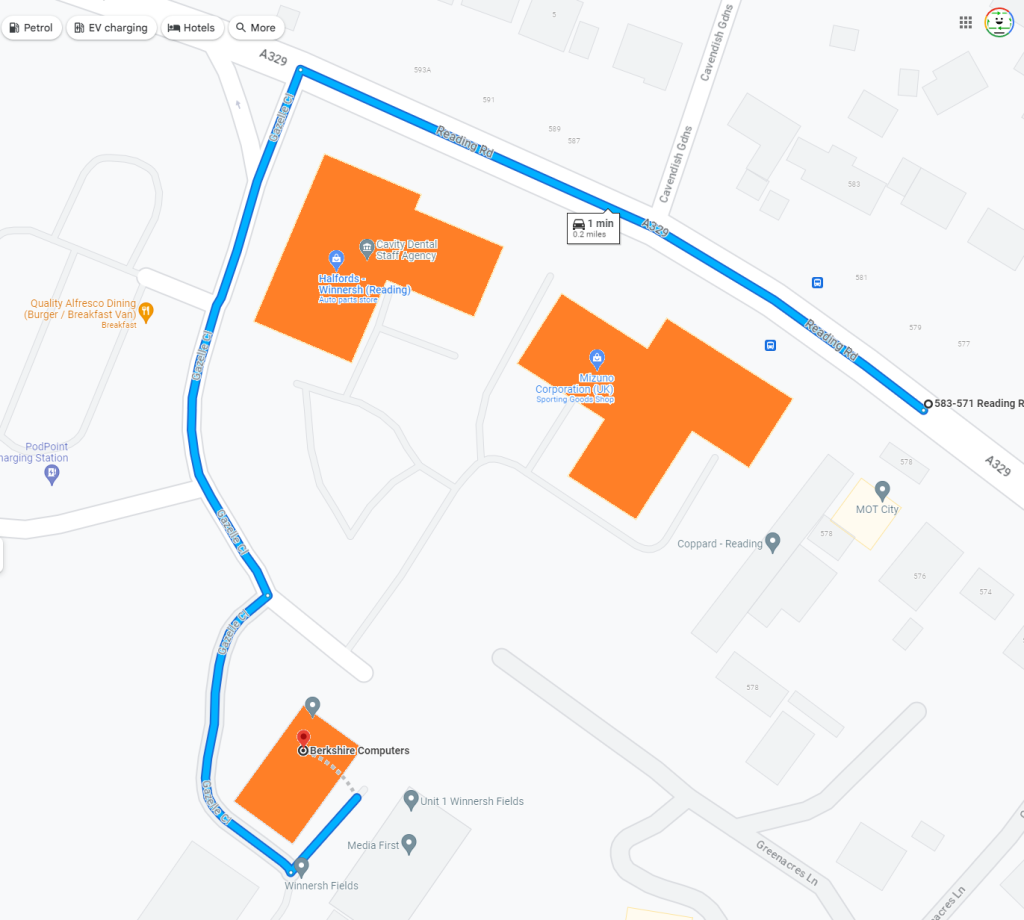Troubleshooting a PC After a Lightning Strike: My Experience
In today’s tech-driven society, most of us rely heavily on our Computers for work, entertainment, and communication. Unfortunately, even the most robust setups can encounter unexpected issues, particularly when natural disasters like storms come into play. Recently, I found myself in a concerning situation: my computer suddenly stopped working after a lightning strike.
While using my PC during a storm, a lightning bolt struck nearby, causing a spark inside my machine and shutting it down instantly. In shock, I attempted to power it back on, but it remained unresponsive—no lights, no fan noises, nothing at all. After troubleshooting by opening the case and resetting the CMOS, I suspected that the power supply unit (PSU) might be at fault.
Upon inspecting the PSU, I discovered some burn marks indicating potential damage. I decided to consult an expert, who replaced my old PSU with a brand-new one. However, to my dismay, the problem persisted even after the change. At this point, my computer was still in the technician’s possession, and I was left wondering about the extent of the damage.
Would I need to replace the motherboard, or was the entire setup compromised? The urgency to understand the problem weighed heavily on my mind. I was relieved to note that there were no burnt smells from inside the case and that my GPU, a GTX 980, and the rest of the components seemed intact.
After some anxious waiting, I received good news: the technician managed to repair the damage. It turned out that the motherboard (mobo) had been fried due to the lightning strike, but fortunately, it was the only casualty. My setup is now back in action!
Lesson Learned: This experience taught me how essential it is to safeguard your electronics. Investing in surge protectors or uninterruptible power supplies (UPS) can be vital in preventing potential disasters caused by electrical surges or lightning strikes.
If you find yourself in a similar situation, don’t lose hope—sometimes it’s just a matter of identifying the affected component. Stay safe, and protect your tech!
Share this content:



